Orthotics are custom inserts used to correct improper foot function. Excessive stress on bones, joints, and soft tissue caused by poor biomechanics, will eventually cause foot pain. A properly designed custom orthotic can relieve that pain by properly supporting the ligaments, joints, muscles and bones of the feet.
For an orthotic to be optimally effective, a prior medical diagnosis by a recognized foot doctor, such as a podiatrist, is essential. As well, most extended medical insurance providers will only reimburse orthotics prescriptions made by podiatrists, or other recognized professionals.
“I was having a lot of pain in the arch of my foot and it seemed to get worse with exercise. Another podiatrist had told me I had plantar fasciitis and prescribed orthotics to me but they weren’t helping at all. It was getting to the point where the pain was preventing me from exercising (I am really active, used to play a lot of basketball, and still love to run and train for triathlon). The podiatrists at Vancouver Podiatry assessed my feet, cast them and had an orthotic made for me in no time at all. After 1-2 weeks of wearing the new orthotic, my foot pain subsided and I have never looked back. I am really glad I went to Vancouver Podiatry.” Michael Millman
For more difficult assessments or patients with severe biomechanical deformities, Vancouver Podiatry offers the F-scan Plantar Pressure Analysis System. The F-scan allows for 3-Dimensional analysis of the foot while in motion and can help to determine whether an orthotic would control the motion of the foot. The F-scan is also helpful in determining why a particular orthotic may not be alleviating symptoms.
Orthotics come in many different forms. They can be made from rigid or soft materials. Rigid materials include metal, plastic and carbon-graphite composites. Soft materials include leather, poron, vylyte and EVA.
There are several ways to construct an orthotic. The most common method is to make a plaster impression of the foot while holding the foot in the proper position. A more recent method is to take an optical impression of the foot using a computer scanner. A truly functional orthotic must capture the 3-dimensional shape of the foot. It is also critical that the foot be in the proper position when the impression of the foot is made. This is why an orthotic should never be made from a mold taken of the foot when a patient is standing and the foot is collapsed.
3-D LASER ORTHOTIC SCANNING
Orthotics can help you restore balance, improve sports performance, walk comfortably in high heels, and reduce or, better still, eliminate foot, back and leg pain. Orthotics are custom-made inserts that fit inside the shoe to decrease abnormal foot motion. Until recently, making orthotics required plaster casting – complete with pouring, casting, molding and construction.
The podiatrists at Vancouver Podiatry are pleased to offer their patients all the benefits of 3-D laser optical casting. Both plaster and optical casting rely on the clinician holding the foot in the correct neutral position for accuracy. Both methods also provide an accurate three-dimensional contour of the foot. The difference is that in order to be 100% accurate, plaster casting requires total contact of the plaster with an immobilized foot, which can be difficult to achieve.
Optical casting, on the other hand, gives a data sampling every four hundredths of an inch and as such, has been found to be more accurate than plaster. With optical scanning we check the scan to see if it corresponds to the biomechanical examination. If discrepancies are apparent, another scan be quickly taken with very little effort. Offering improved speed and accuracy in orthotic casting, Vancouver Podiatry Clinic is pleased to introduce the next generation of 3-D lasers in our clinic.
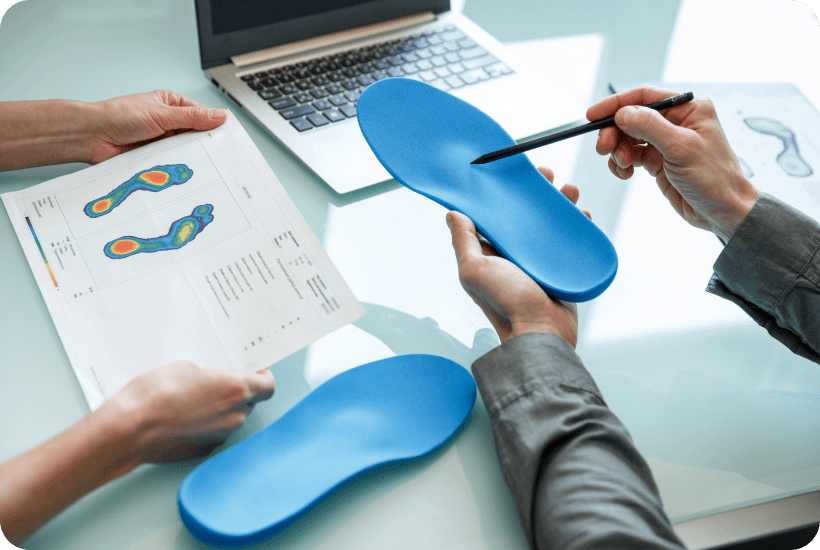






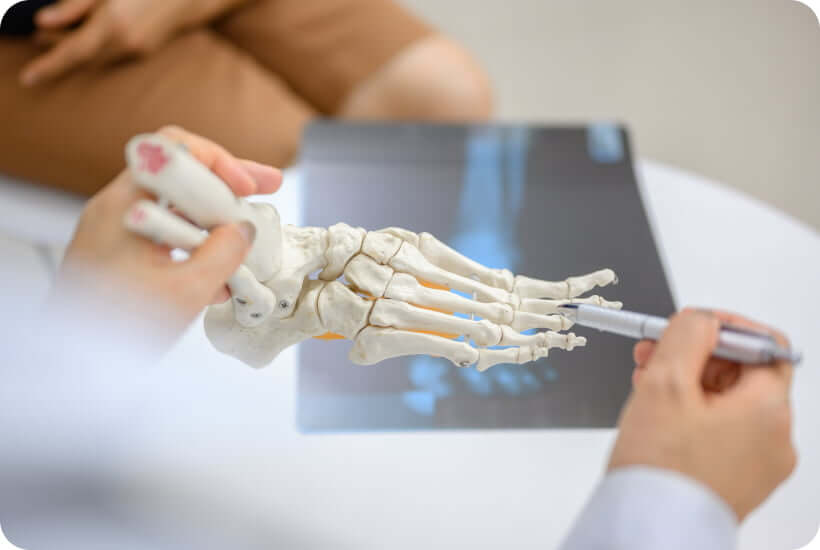

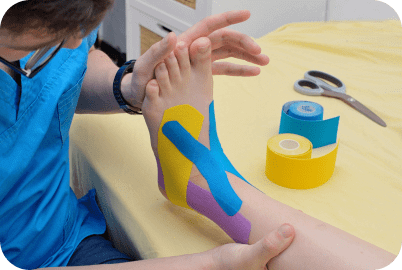
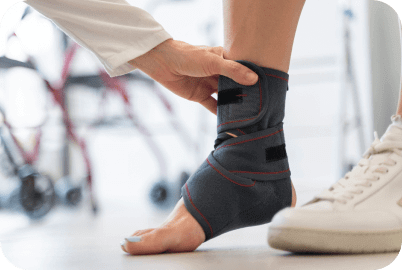



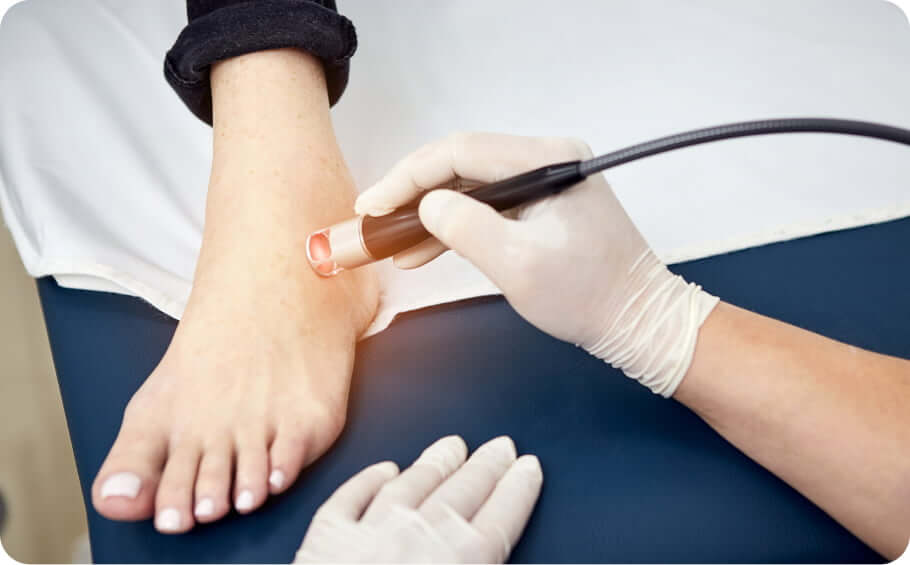

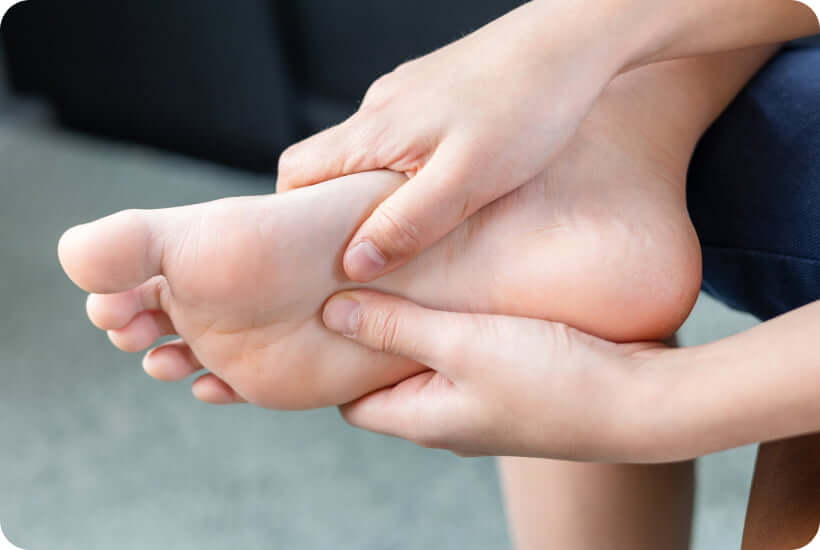
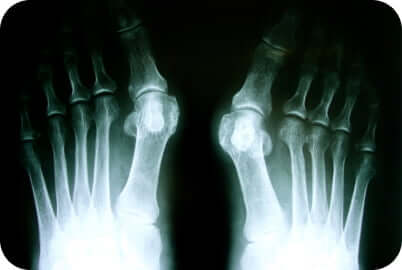
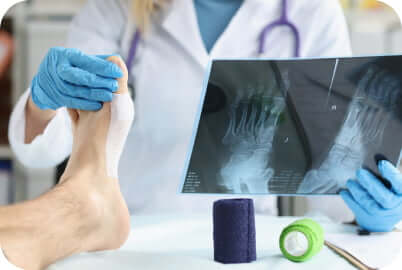

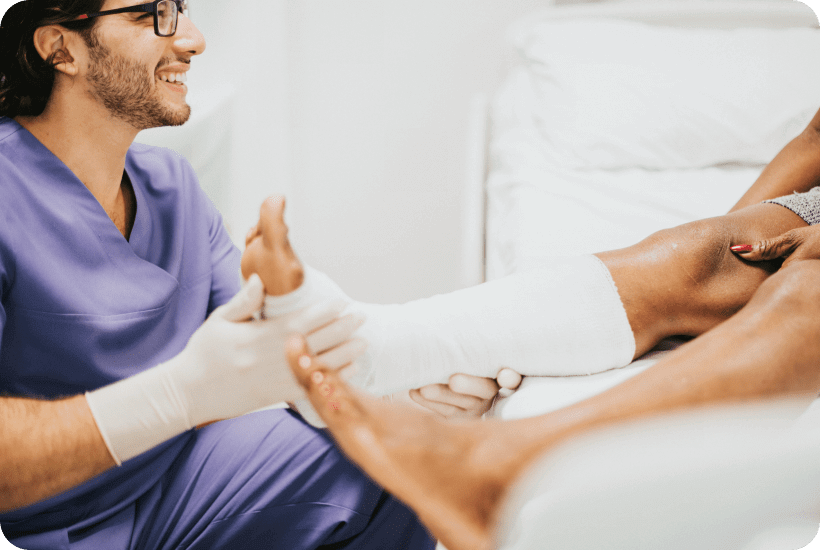
 604.264.1377
604.264.1377